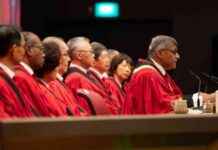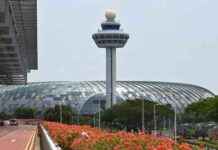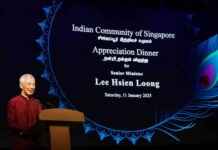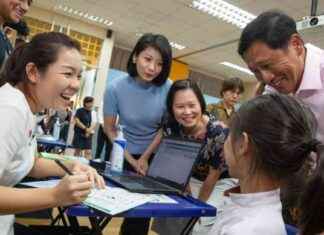The recent General Election in Singapore saw overseas votes being counted by the Elections Department Singapore (ELD) on Thursday (May 15), revealing a reflection of local voting patterns. The ELD reported that out of 17,237 registered overseas voters in contested electoral divisions, a significant number participated in the election process. However, it is essential to note that voters with registered Singapore NRIC addresses or local contact addresses within Marine Parade-Braddell Heights GRC were not included in this count due to the uncontested nature of the constituency.
Overseas voting turnout was a mixed bag, with 5,966 out of 8,091 voters who registered to vote in-person making their way to one of the 10 overseas polling stations. Additionally, 7,808 out of 9,146 postal voters downloaded their postal ballots, with 6,097 ballots being received in Singapore by the stipulated deadline. Out of these, 3,363 were accepted for counting, contributing to the overall total of 2,438,610 votes cast in GE2025, including 42,945 rejected votes. The detailed breakdown of the overseas votes revealed interesting deviations from the local voting trends, with specific constituencies showing unexpected results.
In Sembawang West SMC, SDP chief Chee Soon Juan managed to secure 23 valid votes compared to the PAP candidate Poh Li San’s 21 votes. Despite this, Ms. Poh emerged victorious with 53.18% of the votes, defeating Dr. Chee. Similarly, in Bukit Panjang SMC, both the PAP’s Liang Eng Hwa and SDP chair Paul Tambyah received an equal number of overseas votes at 36 each, even though Liang won with 61.38% of the vote. The Workers’ Party, on the other hand, received more valid overseas votes than the PAP in Aljunied GRC, Sengkang GRC, and Hougang SMC, securing their positions as the only opposition party elected to parliament in the 2025 polls. The ruling PAP saw significant winning margins in Queenstown SMC and Tanjong Pagar GRC, with 81.13% and 81.02% of the votes, respectively, solidifying their positions in those constituencies.
Overall, the voter turnout for GE2025 stood at 92.83% of all registered electors after the counting of overseas votes, indicating a high level of participation in the election process. However, the lower voter turnout in some constituencies could possibly be attributed to the timing of the polls and the perceived quality of opposition party candidates. It’s interesting to see how the overseas votes played a role in shaping the election outcome and reflecting the diverse voting preferences of Singaporeans both at home and abroad.


























